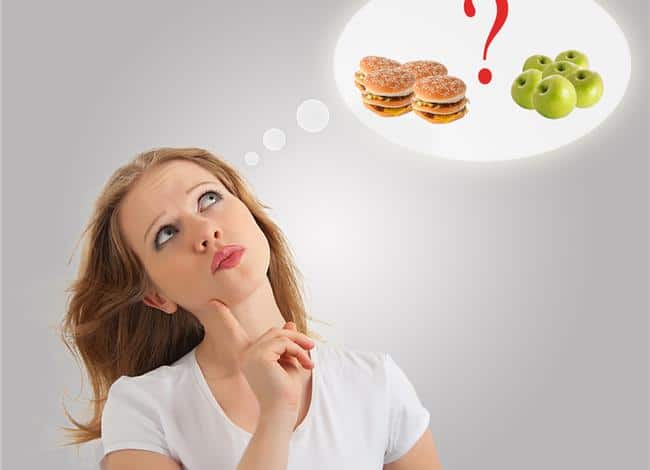
Losing weight is usually equated with cutting down your food intake and feeling hungry all the time. However, losing weight doesn’t have to mean feeling hungry. In fact, not feeling hungry while trying to lose weight will probably help you keep the weight off.
Contrary to what most people think, humans tend to eat the same weight of food each day, not the same amount of calories.
In fact, the brain doesn’t really track calories that accurately. Therefore, you may be able to eat the same amount of weight of food per day but just change the calorie density of the food.
In other words, eating foods that have a higher weight and provide lower energy can mean you can fill up on food without packing on the pounds.
Calorie density measures the calories foods provide based on their weight. Foods with a low calorie density are also usually high in nutrient density. The idea is to eat foods high in nutrient density but low in calorie density.
That way you are still providing valuable nutrients to your body like vitamins, minerals, antioxidants, fiber and water, but you are not getting a high amount of calories with it.
Instead of focusing just on counting calories, UC Davis Integrative Medicine (1) recommends eating foods mostly with a low calorie density instead of just counting calories.
source: lifeunlabeled.com
Foods that are low in calorie density
Foods that are considered lower in calorie density include fruits, vegetables, grains, legumes, lean protein and low fat dairy. Interestingly, these foods are also considered high nutrient density foods.
Foods that would be considered high calorie density foods include fried food, baked goods, sugary drinks and many packaged foods.
Eating high calorie density foods means you don’t get to as much weight of the food to reach a calorie amount.
For example, comparing a meal of 500 calories with French fries, chocolate shake and a hamburger would give you a pretty small portion.
However, filling up on 500 calories of a chicken and vegetable stir fry over brown rice will give you more weight, thus making you feel more full and satisfied.
Does calorie density work for weight loss?
Dr. Barbara Rolls from Penn State University has done much research on calorie density and weight loss. Her specific approach, called Volumetrics, finds people feel full and satisfied following a low calorie dense weight loss plan instead of just counting calories.
As with other successful weight loss methods, this is intended not for a quick weight loss fad, but it can support sustained weight loss over time.
In fact, continuing to eat foods low in calorie density is recommended.
Need more evidence?
Data from over 9,000 adults was analyzed in a 2014 study (2). Researchers looked at the energy density of everyone’s diets and markers for obesity.
Researchers found obese adults had significantly higher energy dense diets than lean adults, and in women a higher energy dense diet was associated with higher insulin levels.
US News (3) ranked the Volumetrics diet as sixth best diet for weight loss out of 38 diets. The diet was also ranked fifth for best overall diet for healthy eating.
Calorie counting or calorie density?
UC Davis Integrative Medicine, suggests to not count calories for weight loss but instead focus on calorie density.
Calorie counting has been one of the main methods for weight loss for years, but it seems it has had little effect on helping people lose weight.
Calorie counting does not take into account the nutritional density of foods either.
Using an approach like eating foods primarily based on calorie density teaches you to stop eating when you are full, not when you’ve hit a calorie limit.
In fact, some people following Dr. Rolls’ Volumetrics plan eat more food than they did before.
Practical tips
Following an eating plan made of mostly low calorie dense foods doesn’t mean you’re only allowed to eat fruits, vegetables and broth based soups. You should still get a balance of healthy proteins and fats.
In fact, avoiding foods that are healthy sources of fat like nuts, fatty fish, avocados and olive oil could hamper weight loss efforts and not be the best for overall health.
The goal is to focus more on low calorie density foods instead of high calorie foods like fried food, sweets and heavily packaged foods.
These foods can be eaten for a special occasion, but the majority of foods should be from lower calorie density sources.
The majority of a meal should be from fruits and vegetables, which are naturally low in energy. You can fill up on these foods without racking up a lot of energy.
Eating some broth based soup before a meal can also bump up the weight or volume of a meal without drastically increasing the energy density.
Conclusion: calorie density
Not restricting the weight of your food and listening to your body are keys for utilizing calorie density for your health. The goal is to eat until you are satisfied by filling up on low calorie density foods, which as it turns out are also very high in nutrients.
Substituting lower calorie dense foods for high calorie dense foods can be a gradual shift to help you eat less without feeling like you are starving.
For example, instead of chips as a snack, eating an apple will give you more weight will lower energy.
One of the natural outcomes of eating a lower calorie density should be feeling satisfied after eating, and this in turn should help reinforce when to stop eating when you are full not over stuffed.
Eating lower energy density, not just a lower calorie number, has been shown to help with weight loss and maintaining a lower BMI.
Foods low in calorie density include fruits, vegetables, low fat dairy, lean proteins, legumes and whole grains.
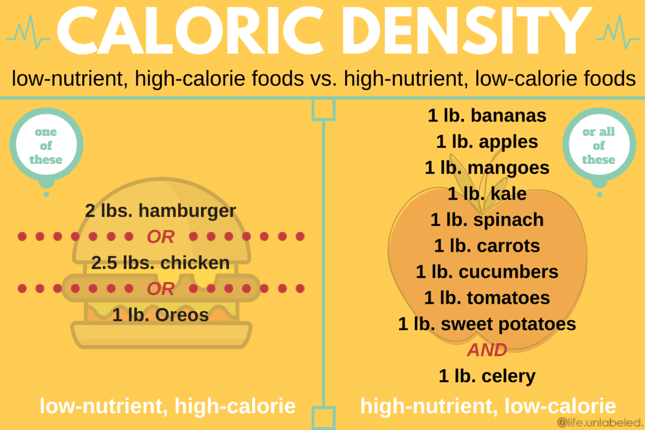
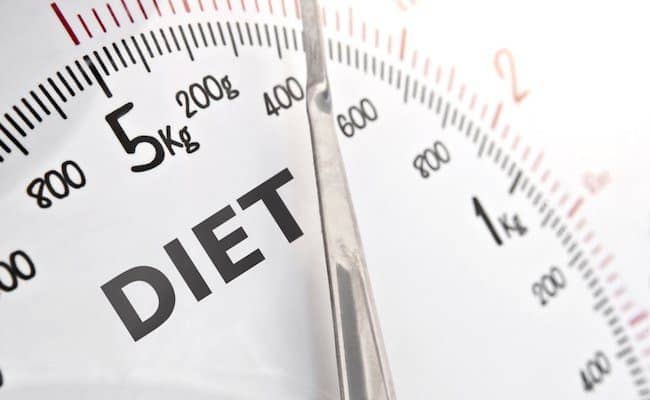


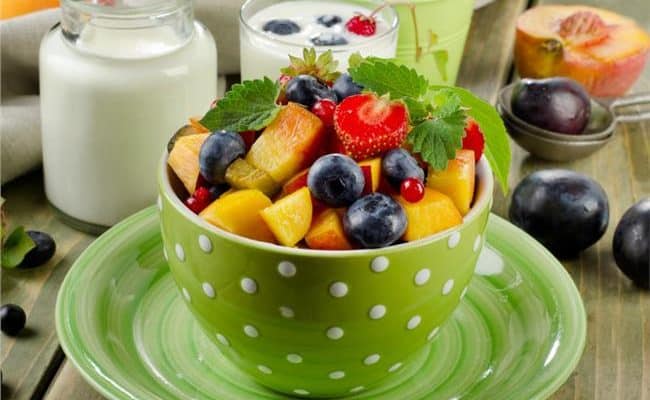
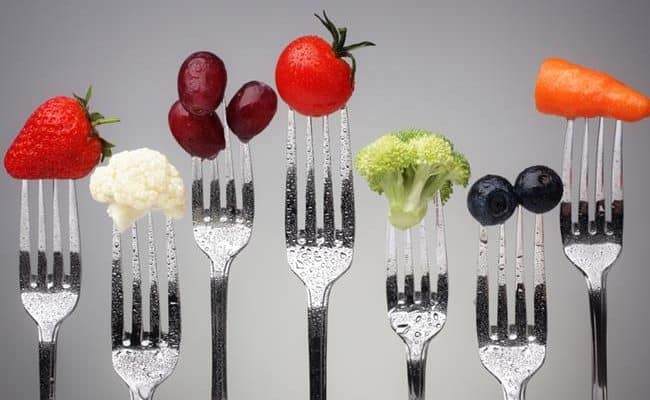



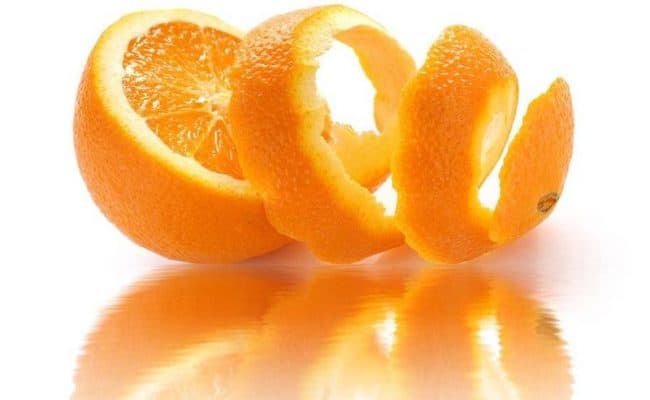


Vanessa says
Thank you for this article! It makes me think about my methods for weight loss. Actually I count calories and occasionally I do sports. And I must say that I never went hungry and have paid attention to healthy eating.
The result of this is that I have already lost fifteen kilos. For four months I use additionally the YAZIO app, because it makes counting so much easier.
You mention a lot of helpful hints, but I think just by my experience that it can help many people to count calories. You can not generalize it.
Nevertheless, many thanks for the advice.
Greetings, Vanessa